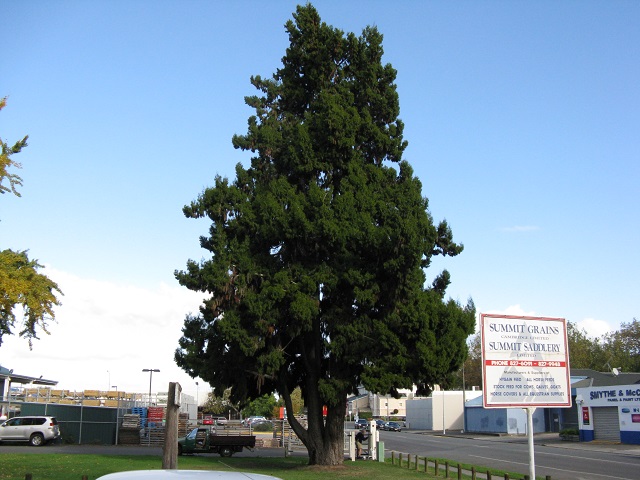 ri
ri
Dacrydium cupressinum is a rare treasure in the urban landscape, although there is a small grove of young rimu planted by the Tree Trust in the Green Belt near MacLean St. In the forest, mature rimu trees tower over the canopy, sometimes living for 1 000 years and reaching 50 metres in height.
Along with kahikatea, totara, matai and miro, rimu is a member of the podocarp family, but it is the only New Zealand member of the genus dacrydium, which is found across the Pacific and East Asia.
The old Pakeha name for rimu was red pine as the wood, gum and sap of the tree all have a deep red colour. Maori attributed this to the blood of Tunaroa, the giant eel god slain by Maui, and they valued the wood for making tools, waka and weapons such as spears. The missionary William Colenso noted that rimu were used as "fire trees"; a large hollow tree was set alight inside, the fire slowly burning up the living tree and providing a constant source of fire for the local Maori.
Pakeha found that rimu provided very fine building wood for houses and furniture, especially in those areas from the Waikato southwards where there was no kauri. Due to extensive logging, its range and use are restricted today. Robert Vennell records that the red colouring would stain the hands of the sawmillers, so only the lowest-paid workers were assigned to mill it. At the local Saturday night dances, these men then found it hard to get partners as their stained hands marked them out as poorer workers. Some mills solved this problem by working only kahikatea (white pine) the day before the dance.

